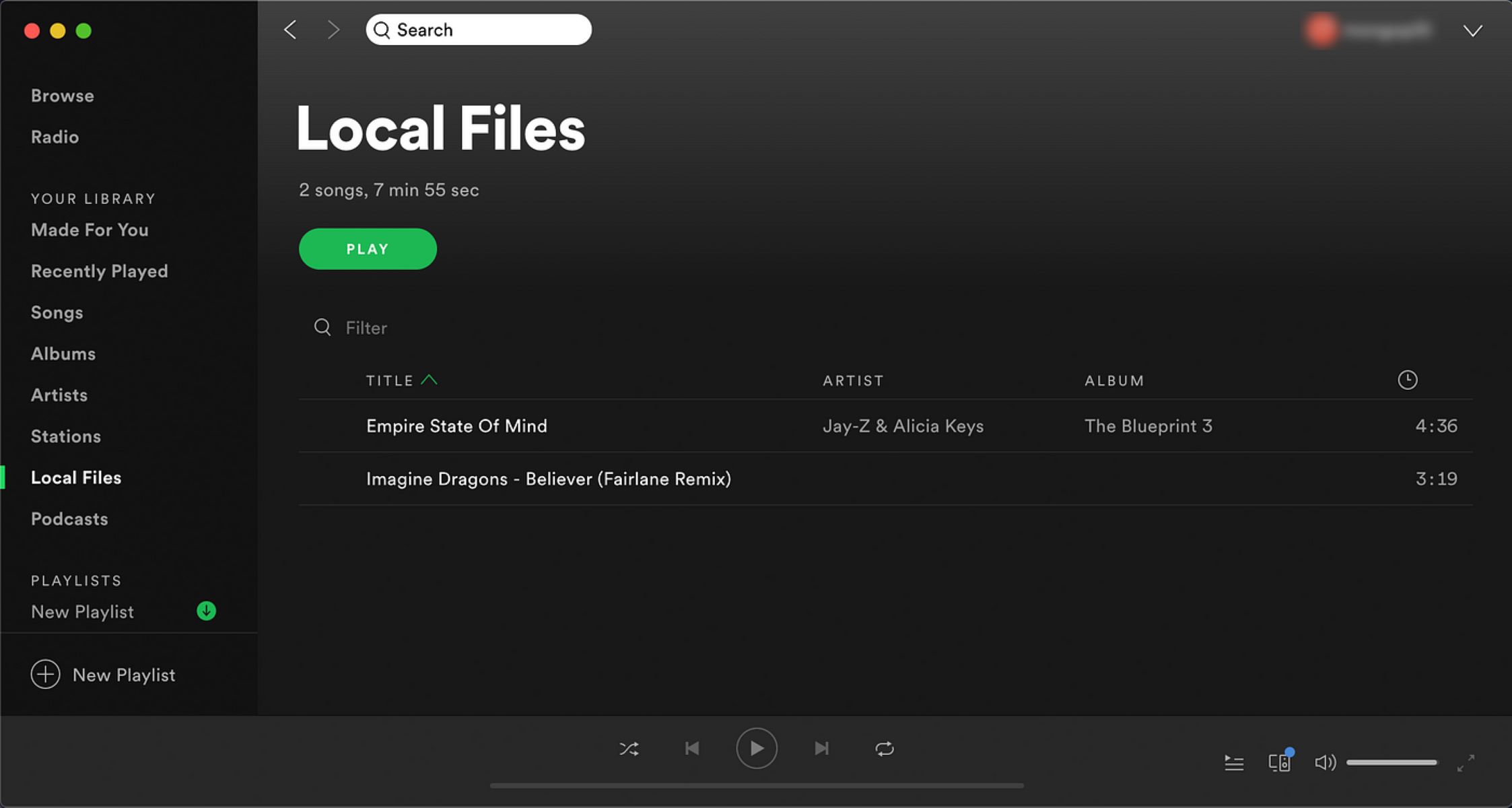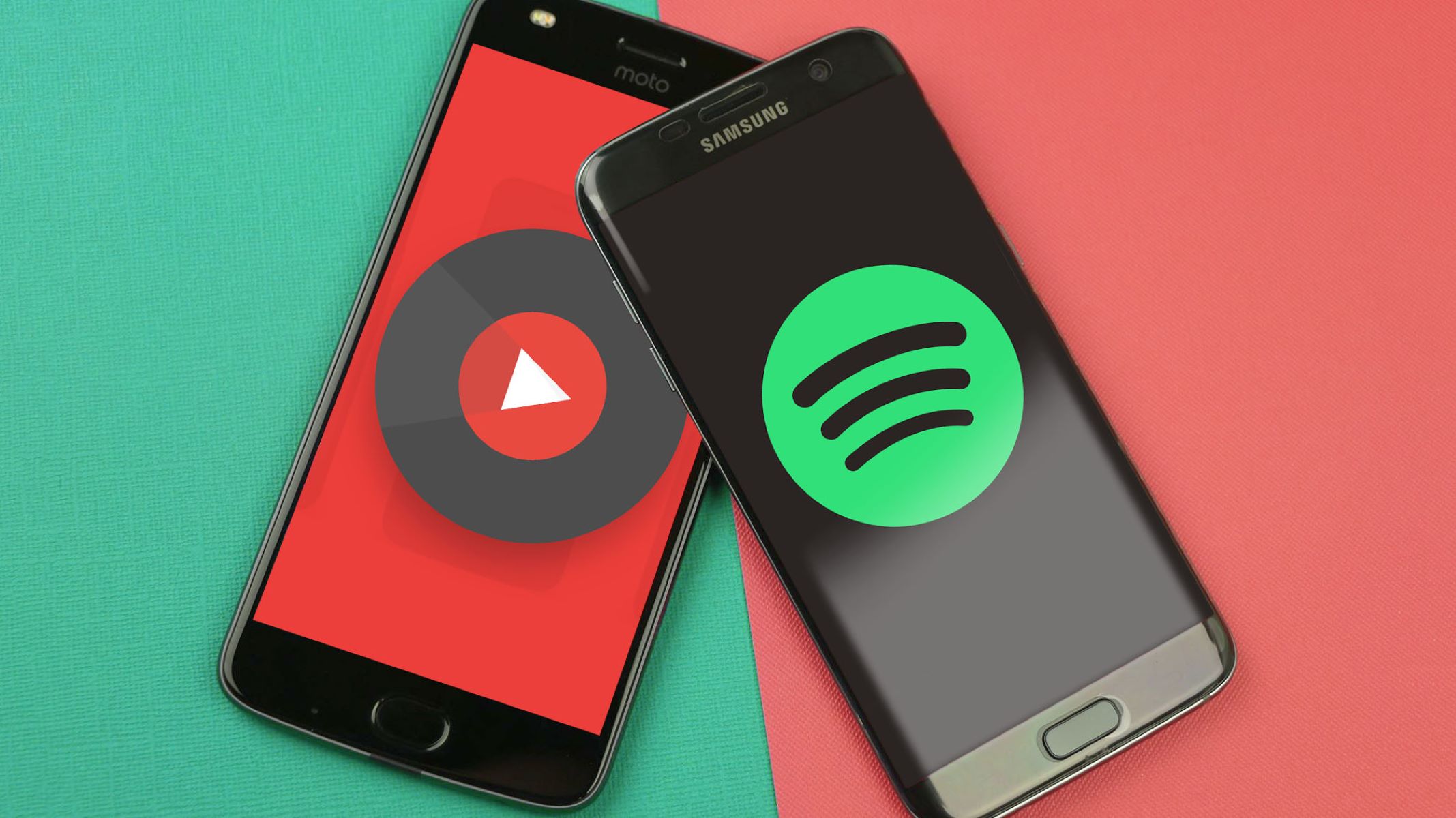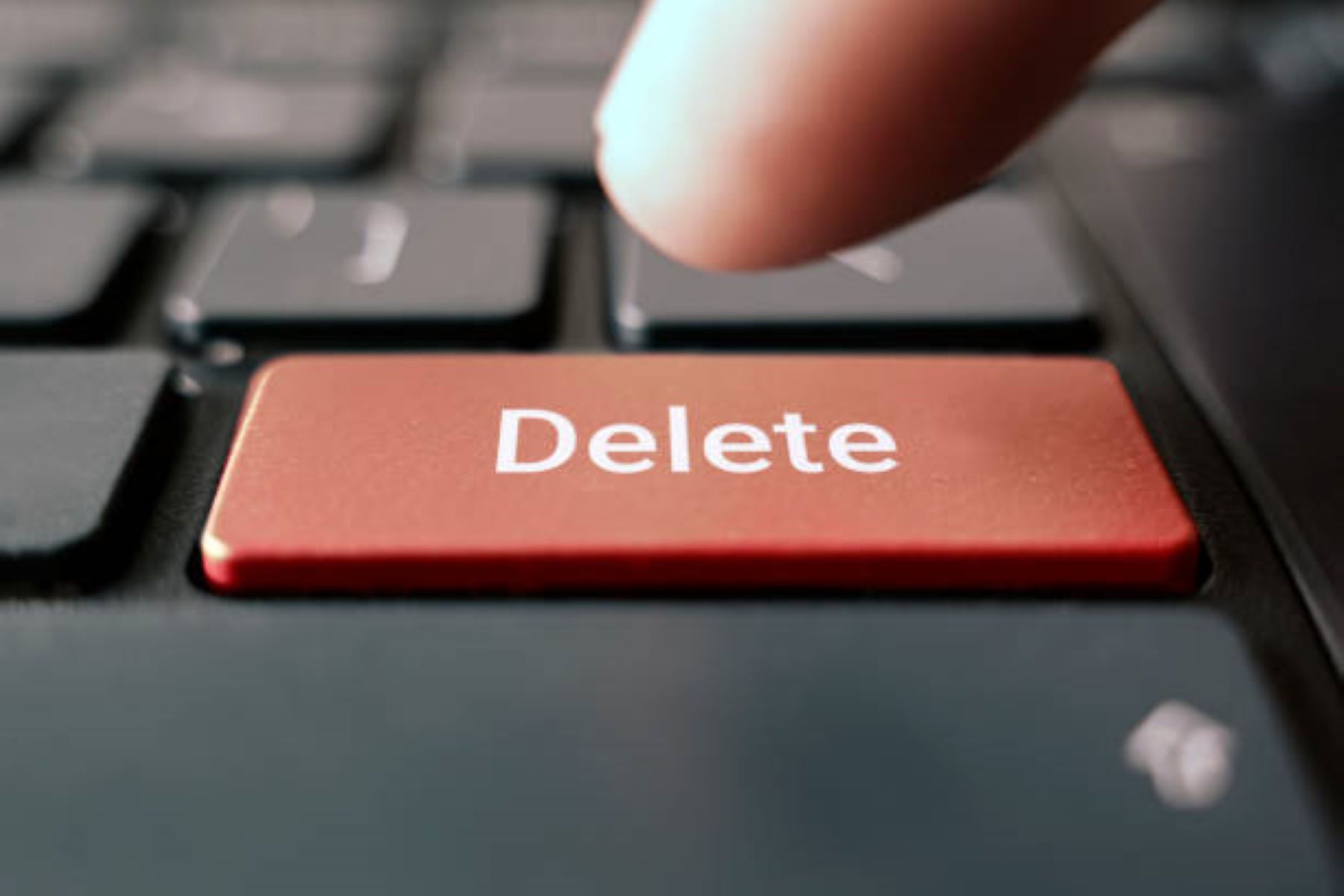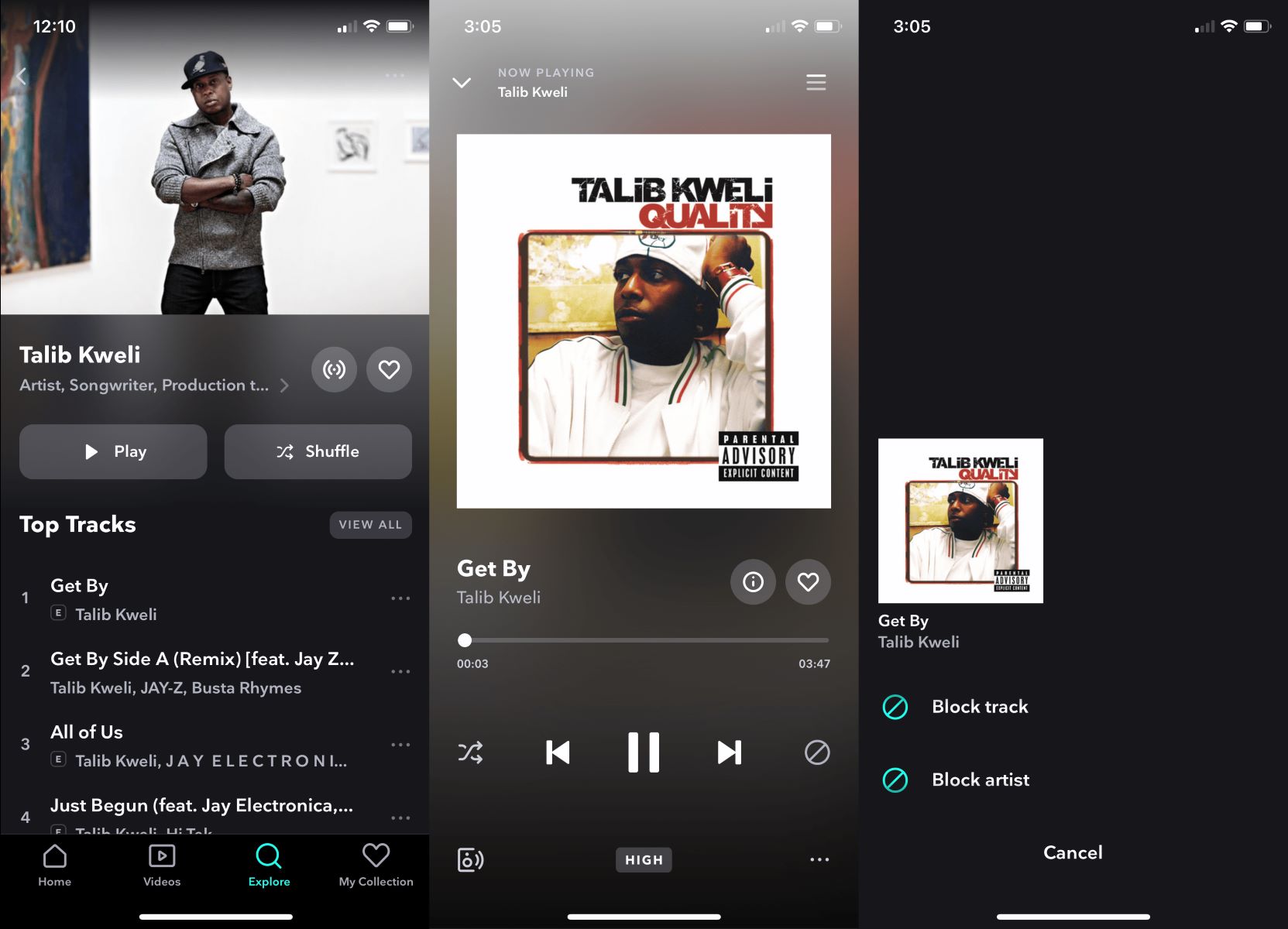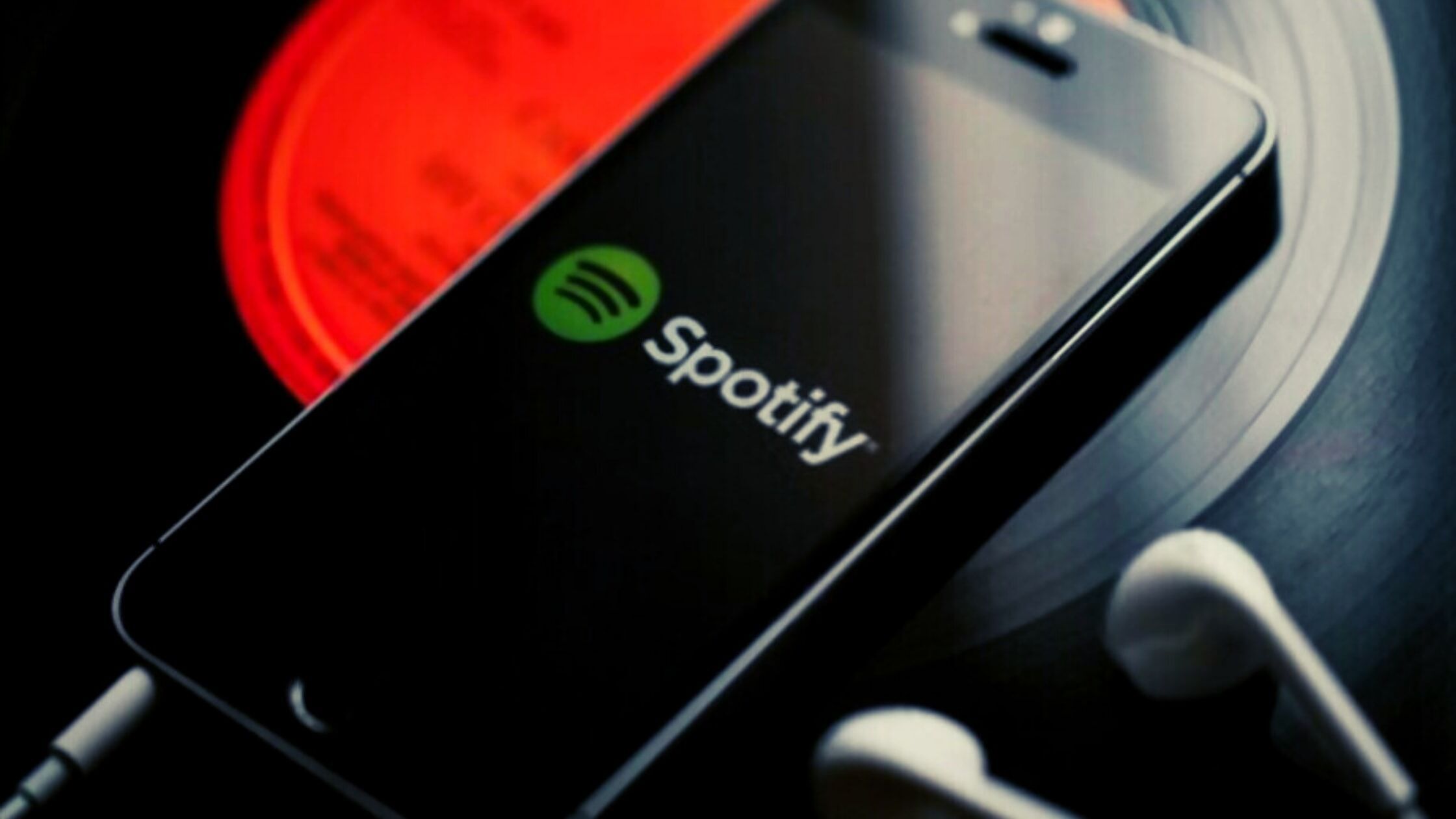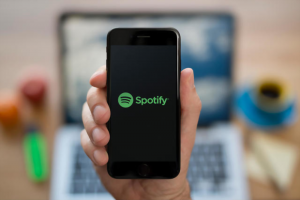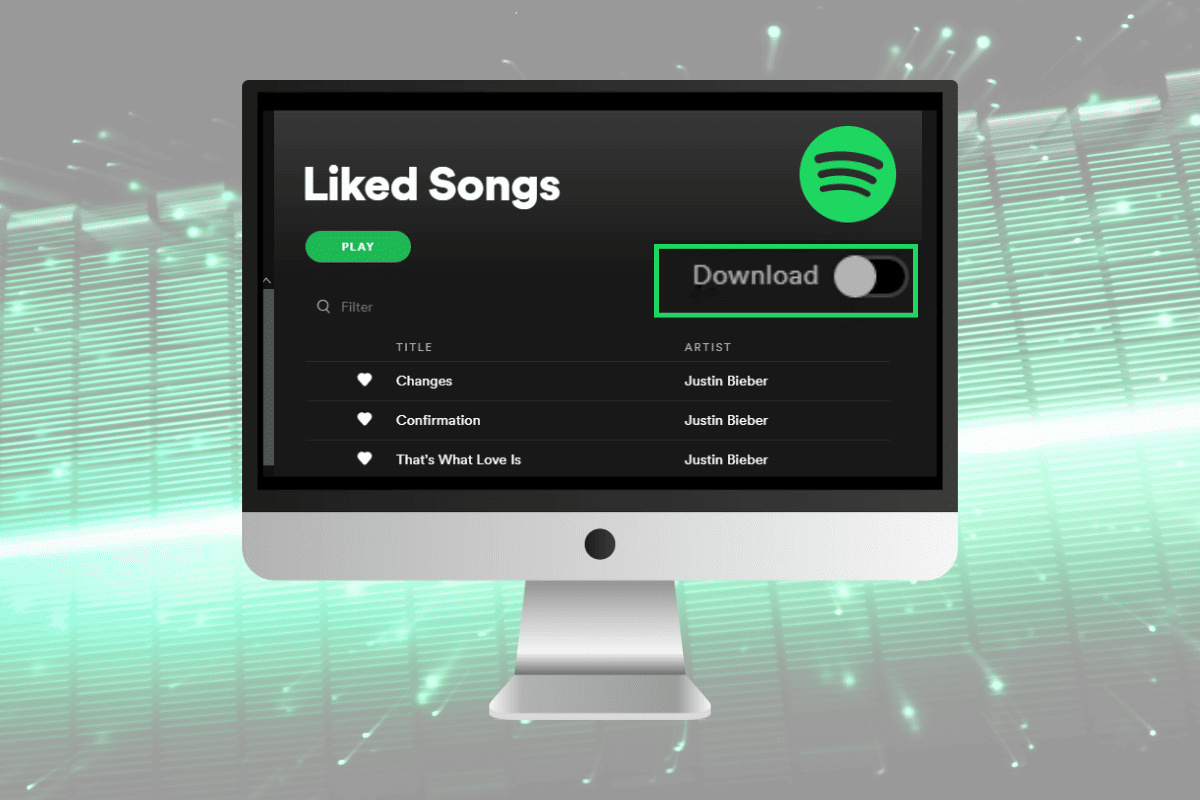Introduction
Welcome to the world of Spotify, the popular music streaming platform that offers an extensive library of songs. While Spotify allows users to stream millions of tracks in various genres, you may have some favorite songs or albums that are not available on the platform. Fortunately, Spotify also provides a feature to add local files to your personal library, giving you the ability to listen to your own music collection alongside their vast catalog.
In this article, we will explore how to add local files to Spotify, both on the desktop app and mobile devices. Whether you have downloaded songs from your favorite artists, rare live recordings, or self-produced music, you can bring them seamlessly into your Spotify library and enjoy them within the same interface that you use to stream music.
By adding local files to Spotify, you can create personalized playlists and have all your music in one place, making it incredibly convenient. So, let’s dive in and discover the different methods to import your own music and enhance your Spotify listening experience.
Method 1: Adding Local Files to Spotify’s Desktop App
Adding local files to Spotify’s desktop app is a straightforward process that allows you to integrate your personal music collection seamlessly. Follow the steps below to import your local files:
- Open the Spotify desktop app on your computer and click on the “Settings” option located in the top-right corner.
- In the settings menu, scroll down to the “Local Files” section.
- Toggle the “Show Local Files” button to enable the feature. This will allow Spotify to access and display your local music files in its library. You can also specify the folders you want Spotify to scan for local files by clicking on the “Add a Source” button.
- Once you have enabled the feature and selected the folders, you will find the local files listed in the “Local Files” tab on the left sidebar of your Spotify app.
- To add the files to your Spotify library, simply drag and drop them from the “Local Files” tab to any existing playlist or create a new playlist by clicking on the “New Playlist” button.
- If you’re adding an entire folder, you can select it and click on the three dots (…) next to the folder name. Then, choose “Add to Playlist” and select the playlist you want to add the files to.
- Remember that for Spotify to play the local files, they need to be in a format supported by Spotify, such as MP3, M4P, MP4, AVI, and more. If you encounter any issues, make sure your files are in a compatible format.
That’s it! Now you can enjoy your local music files alongside the vast collection offered by Spotify, all within the same interface. You can create playlists, organize your music, and easily navigate between your personal collection and Spotify’s extensive library.
Method 2: Syncing Local Files to Your Mobile Device
Syncing your local files to your mobile device is a great way to have your personal music collection at your fingertips wherever you go. Follow the steps below to sync local files to your Spotify mobile app:
- Make sure both your computer and mobile device are connected to the same Wi-Fi network.
- On your computer, open the Spotify desktop app and go to “Settings” by clicking on the gear icon in the top-right corner.
- In the settings menu, scroll down to the “Local Files” section and toggle on the “Show Local Files” button if it’s not already enabled.
- Below the toggle button, you will find a “Devices” section. Click on “Add A Device” and select your mobile device from the list. Make sure your mobile device is nearby and running the Spotify app.
- On your mobile device, open the Spotify app and go to “Settings” by tapping on the gear icon.
- Scroll down and select “Local Files”. Ensure that the “Sync Local Files” option is toggled on.
- Return to the home screen of the Spotify app and tap on “Your Library”.
- Scroll down and find the “Local Files” section. All the local files available in your computer’s library will be displayed here.
- To sync the local files to your mobile device, simply tap on the three dots (…) next to the file or folder you want to sync and select “Download”.
- The local files will now be downloaded to your mobile device and will be accessible even when you’re offline. You can find them in the “Your Library” section under the “Downloaded” tab.
Now you can enjoy your locally synced music on your mobile device, regardless of whether you have an internet connection. This method allows you to take your personalized music collection with you wherever you go, making your Spotify listening experience even more versatile and convenient.
Method 3: Creating a New Playlist with Local Files
If you want to organize your local files into a dedicated playlist within Spotify, you can easily create a new playlist and add your desired local files. Follow the steps below to create a new playlist with your local files:
- Open the Spotify desktop app on your computer and go to the “Your Library” section by clicking on the option in the left sidebar.
- Click on the “Create Playlist” button located at the top-right corner of the screen.
- Give your playlist a name and optionally add a description and cover image to personalize it.
- Navigate to the “Local Files” section on the left sidebar and select the local files you want to add to the playlist. You can hold down the Ctrl (Windows) or Command (Mac) key to select multiple files.
- Drag and drop the selected local files into your newly created playlist. Alternatively, you can right-click on the selected files and choose “Add to Playlist” followed by selecting the desired playlist.
- The local files will be added to your playlist, and you can rearrange their order by clicking and dragging them within the playlist.
- You can also add other songs from Spotify’s library to your playlist by searching for them within the app and drag-and-dropping them to your playlist alongside your local files.
- To ensure that your local files are playable on any device, make sure the “Available Offline” toggle is turned on for the playlist. This allows Spotify to sync those files to your mobile devices as well.
- Your newly created playlist with your local files is now ready to be enjoyed on any device associated with your Spotify account.
Creating a playlist specifically for your local files allows you to keep them organized and easily accessible within the Spotify app. Whether you prefer listening to your own music collection or blending it with songs from Spotify’s library, this method gives you the flexibility to curate a personalized playlist tailored to your tastes.
Method 4: Troubleshooting Common Issues
While adding local files to Spotify is usually a smooth process, there are some common issues that may arise. Here are a few troubleshooting steps to help resolve these issues:
- Unsupported file formats: Make sure that the local files you’re trying to add are in a compatible format, such as MP3, M4P, MP4, AVI, and more. If your files are in an unsupported format, consider converting them using third-party software.
- Inaccurate file metadata: If Spotify is not displaying correct artist, album, or track information for your local files, you can manually edit the metadata using a music tag editor or by right-clicking on the file within Spotify and selecting “Edit Info”.
- Firewall or antivirus restrictions: Sometimes, firewall or antivirus software can interfere with Spotify’s ability to access local files. Temporarily disabling such software or adding Spotify to the list of trusted applications may resolve the issue.
- Folder location: If Spotify is not detecting your local files, ensure that they are stored in a folder that you have added as a source in the Spotify settings. You can add new sources by going to “Settings”, selecting the “Local Files” section, and clicking on “Add a Source”.
- Network connectivity: For syncing local files to your mobile device, both your computer and mobile device must be connected to the same Wi-Fi network. Ensure that you have a stable internet connection on both devices.
If you encounter any other issues while adding local files to Spotify, it can be helpful to restart both the Spotify app and your computer or mobile device. Additionally, checking for app updates or reinstalling the Spotify app may resolve any technical glitches.
If you continue to experience difficulties, it’s recommended to visit the Spotify support website or reach out to their customer support for further assistance. They will be able to provide more specific troubleshooting steps based on your particular situation.
By troubleshooting common issues, you can ensure a smooth and seamless process of adding your local files to the Spotify app, and enjoy your personal music collection without any hindrances.
Conclusion
Adding local files to Spotify allows you to merge your personal music collection with the vast catalog offered by the platform, creating a seamless and unified listening experience. Whether you want to enjoy rare recordings, self-produced tracks, or songs that aren’t available on Spotify, these methods enable you to have all your music in one place.
In this article, we explored four methods to add local files to Spotify. Firstly, we learned how to add local files to Spotify’s desktop app by enabling the “Show Local Files” feature and dragging the files into the Spotify library or playlists. Secondly, we discovered how to sync local files to our mobile devices, ensuring that our personal music collection is accessible even offline.
Furthermore, we explored how to create a new playlist specifically for our local files, allowing easy organization and customization of our music collection within Spotify. Lastly, we discussed several troubleshooting steps to overcome common issues that may arise during the process.
By following these methods and troubleshooting steps, you can enhance your Spotify experience by incorporating your personal music collection, making it even more tailored to your tastes and preferences. Whether you’re at home, on the go, or offline, your favorite songs will be at your fingertips.
Now it’s time to unleash the power of Spotify and enjoy both their vast music library and your personalized collection of local files. So, start adding your local files to Spotify today and take your music experience to the next level!







